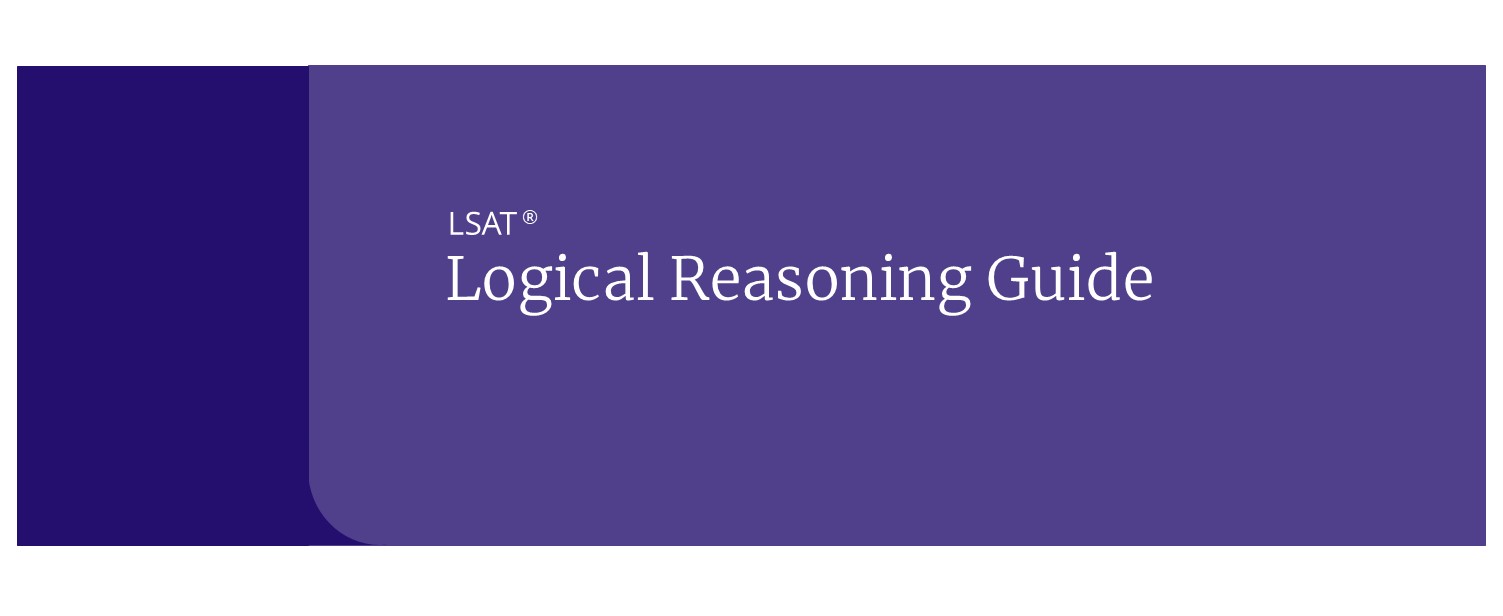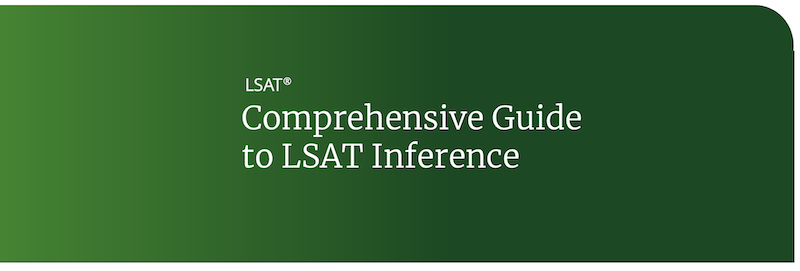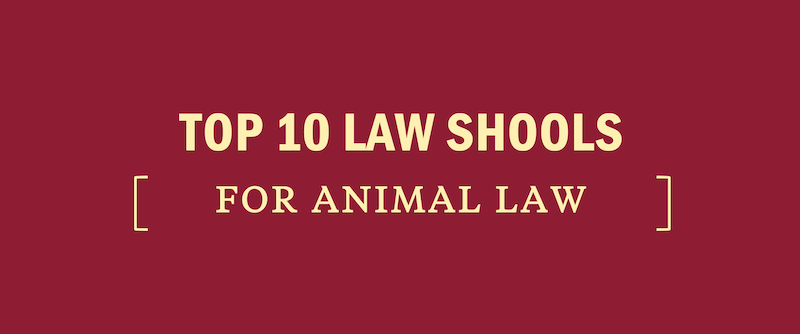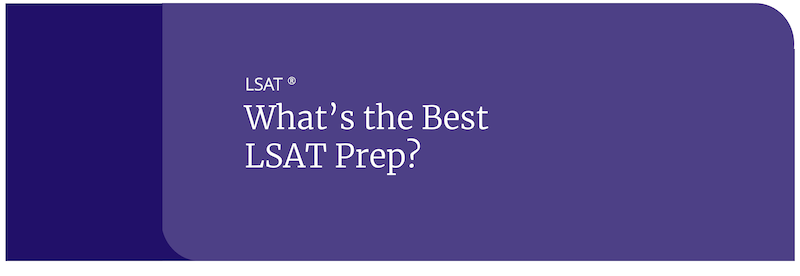Guide to LSAT Reading Comprehension
The Reading Comprehension section on the LSAT may be difficult for some. This guide will help those struggling or trying to increase their RC score by breaking down the Kaplan Method for Reading Comprehension and looking at the various question types you will encounter.
Step 1: Read the passage strategically
Roadmap by circling structural keywords and jotting brief notes in the margin. Think of your notes as a table of contents that will show you where right answers are, not a repository of every possibly important detail in the passage. What should alert you to something important? Structural keywords. They are the bones of the argument–how you can see how it all connects. Use them as flags; skim through the passage until you see one, then connect it with the content; rinse, repeat.
Topic/Scope/Purpose/Main Idea: these four questions should be done mentally, but that still means they should be done. Inevitably when a student continues to have trouble in reading comp, they are almost never effectively doing the T/S/P/MI, because it’s an easy part to skip and it takes practice to get good and fast at it.
Step 2: Read the question stem
You should ask three questions from an RC question stem: what type of question, where do I get my answer from, and should I skip it. Look for content clues that will push you to a specific part of the passage.
Step 3: Research in the text
When people are in a hurry, it’s really easy to forgo this step, but it is important–the test-makers create wrong answers that are designed to trap a student who is depending on hunches. Go back to the passage often, and don’t forget about your roadmap! A lot of students tend to forget to use it once they have made it, but it is a huge help and should not be ignored.
Based out of whatever you researched in the text, roadmap, or TSPMI, get an answer in your head or right in the passage and throw each answer choice against it. Hold to your prediction, and don’t let it be affected by an answer choice. The exception: inference questions with no specific information.
Step 5: Find the answer choice that matches
Only one will match your prediction. Be very aware of trying to justify answer choices–the more you have to twist them to fit what you want, the less likely they are to be correct. If you can’t find a match, go back to the passage! That’s where your answer has to come from. Work on a new prediction; often this means looking in other parts of the passage than the one you got your original prediction from.
Question Types and Strategy
Triaging: for 30-60 seconds at the beginning of any RC section, you should be choosing your passage order. If you are not doing this, you are doing yourself no favors. The LSAT does not necessarily put things in the most helpful order for us, so do it ourselves. Some factors to consider: paragraph length, sentence length, keywords, author point of view/opinion, subject matter or complexity, number of questions, types of questions. Don’t automatically assume that natural science passages, for instance, are always harder–any of the four types can be the toughest one.
Most students attack global question first, then move to whatever questions have specific line references. Don’t be afraid to skip around. Save vaguely worded inference questions without any context clues (like “which of the following is most likely to be true according to the passage?”) and hypothetical/analogy inference questions (in which you have to refer to situations similar to the passage, but not the exact situation mentioned) for the end.
The passage will be in one of four categories: natural science, social science, humanities or law. One passage will be comparative reading, which means two shorter passages that agree on some points and disagree on others. Remember, don’t get lost in details! Big picture and overall structure are more important.





